I Left My Husband Because of What He Wanted Us to Do on Our Wedding Night

So when you’re driving, you get a green light everywhere — except for Japan — the traffic light is actually blue there. The problem is purely linguistic: old Japanese had the same word “ao” for blue and green. Even though modern Japanese has a separate word for “green,” the linguists objected, and the government left the “ao” color for the traffic light. It’s technically green, but it’s the bluest shade possible, so we perceive it as blue.
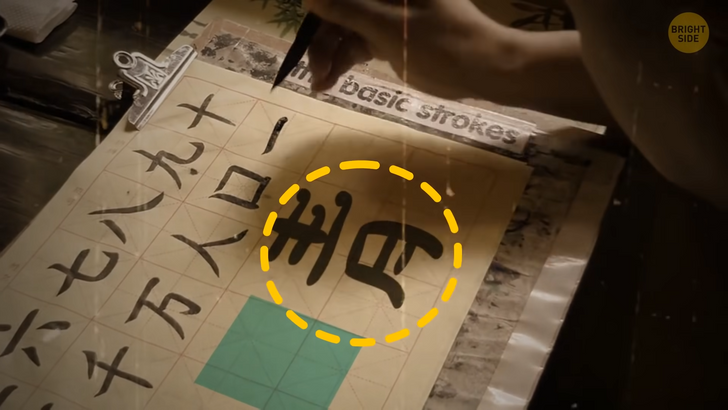
If you ever travel across Japan, you’ll definitely see noren — fabric hangings that look like curtains before the entrance to restaurants and stores. You can tell if the store’s open just looking at the noren. If they’re hung at the doors, it means this place is open. If there are no curtains, sorry, the place isn’t working, look for another one!
The name of the place is usually written across the noren. The dirtier it is, the better! Just kidding. The Japanese say that if this curtain’s dirty, it means there are a lot of customers that constantly touch the noren when they enter.
Japanese are very punctual, and in this country, everything’s on time, no matter if it’s people who need to come to a meeting, or public transport. The trains are so punctual that if they have a minute’s delay, the company will provide you with a special certificate to prove to your boss your lateness wasn’t your fault.
There are some drawbacks about Japanese trains, though. Some cars in Tokyo metro are so packed sometimes, that metro staff aka professional pushers come to help people squeeze into that train. They literally shove people on to busy trains and help the passengers travel safely.
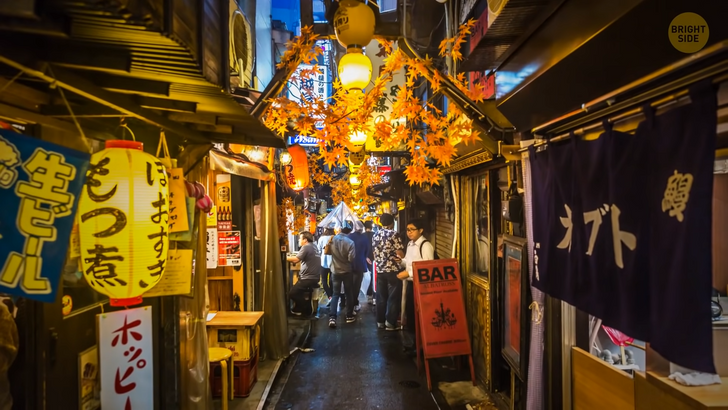
Japanese people seem to be obsessed with glasses. Well, there doesn’t seem to be any specific explanation for this one: they just do it for pleasure! Sunglasses, as well as regular glasses, can be an integral part of your look as a cool accessory. Anyway, they’re usually a prescription, and most people wear them because of short-sightedness.
The public toilet experience may be a challenge for you, but not if you’re in Japan! There’s always music in the bathrooms. Bidet is quite a regular thing for this country too. The toilets look hi-tech and they really are! In fact, over 80% of Japanese households have a bidet-toilet. Not only they’re super sanitary, but they also save water, using only 1 gallon per flush [1 GAL (4 L)]. In regular toilets, it takes about 3 gallons [3 GAL (12 L)].
If you’re an introvert and love traveling alone, Japan is a top destination for you! In this country, it’s totally OK to eat out enjoying your own company. For introverts who may feel lonely now and again, there are special cafes that feature cuddling services. In some restaurants in Japan, water is free, which is no real surprise. The surprise comes when you’re offered some free tea Waiters usually bring you some traditional tea while you’re waiting for your order.
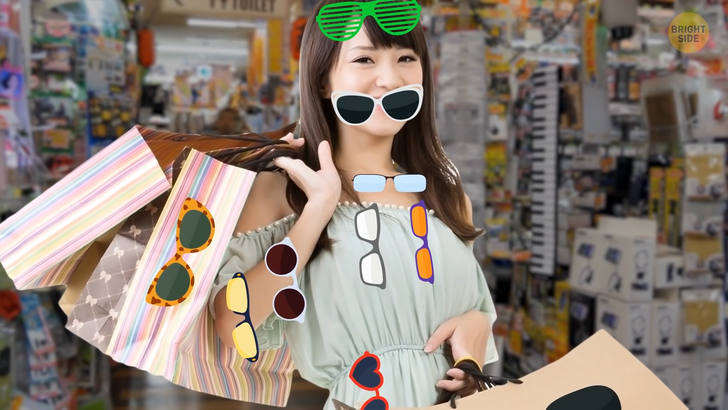
Another unusual thing about Japanese restaurants is that you’re not supposed to leave tips. People can even take offense if you do so! Good service is considered to be a standard, and it’s already included in your order. Enjoy your meal!
Talking about Japanese food, and I’m getting hungry, chopsticks are probably the first thing that comes to your mind. Still, a real Japanese dining experience has more ways of eating. You’re not gonna look impolite if you literally drink your miso soup right from the bowl. If the bowl is somewhat bigger than the one for miso, and the broth has noodles and other ingredients, don’t be afraid to slurp this ramen away! Japanese are cool with slurping.
There’s one food hack for a Japanese meal: if you struggle a lot with chopsticks, especially eating rice, bring the bowl closer to your mouth. If the plate is pretty large, it’s not recommended to pick it up. If you still struggle, it’s ok to ask for a spoon unless the place you’re dining in is traditional and expensive.
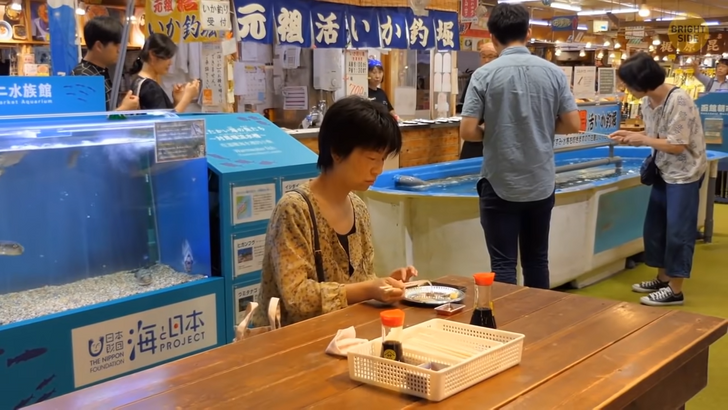
Eating fruit in Japan can be quite expensive. Some fruit are exported from far away, which explains the price. Local farmers do their best to grow perfect, impeccable fruit. That’s why peaches can cost up to 3,000 yen, which is about $300. Hey, how about a $21 apple? Yeah, rather pricey, but it’s washed with honey and handpicked to make sure there are no blemishes. Plus, these are one of the world’s largest varieties of apples, some of them weighing up to 2 lbs [900 g]!
Japanese can eat rice anytime, no matter if it’s breakfast, lunch, or dinner. Another incredible fact about their food is that their sweets aren’t actually sweet at all. Alright, not sweets, but rather desserts. Traditional Japanese desserts are usually made of chestnuts, matcha tea, or rice flour. They can even cook many desserts such as brownies, puddings, and chocolate bites using a special type of beans called Azuki as the main ingredient. People in Japan believe that the dessert is good-quality if it’s not sweet.
Japanese food is crazy, combining a bunch of unusual flavors in regular things. How about ice-cream? Choose the flavor: there are potato, miso, wasabi, soy, and many other flavors. For those who like it extreme, there’s even raw horse meat ice-cream. Mmm-mmm! That’s a really good horse! Yeah, right. These tastes are not very common for the Japanese either, though. The main idea of such food is to draw attention.

Some other unusual foods feature hot-dogs with noodles instead of sausage or unagi cola (yeah, it’s like eel plus cola). And if that’s not enough, you can also find chocolate chip ramen in Japan. You can’t beat it.
Japanese always take their shoes off when they enter the house. They even have multiple slippers, for example, toilet slippers! Don’t come inside a Japanese house with your shoes on — it’s very impolite.
Most cultures usually use handshakes or greetings, but in Japan, people mostly use bows for this purpose. The more times and the deeper you bow, the more respect you show to a person. There’s a catch, though: if you bow too deep, it could be offensive. Bows are acceptable everywhere — supermarket, workplace, and even among friends!
Sometimes, getting concentrated working on something on a train can be next to impossible because of the noise level. In Japan, nothing can distract you on a train, so you can even work! People don’t even usually answer the phone there. Still, the Japanese aren’t quiet all the time. Bars make a big part of the Japanese everyday culture, so it’s pretty loud there!
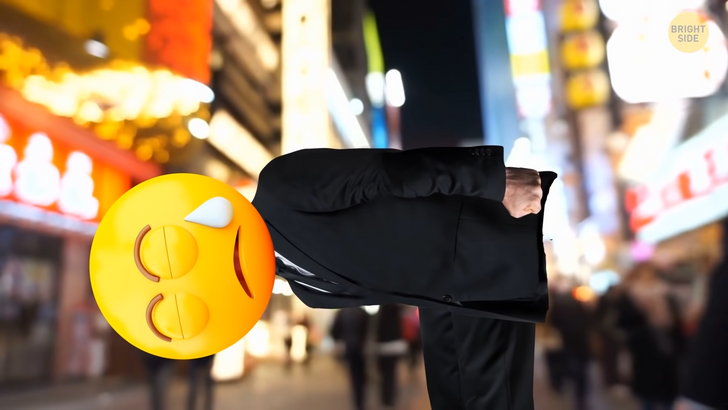
Watermelons are round, right? Not in Japan! Japanese farmers have a special technique for growing square watermelons, they grow it in a special container. This way, they can fit into a fridge easier. Some other shapes are available, for example, the fruit can be triangular or heart-shaped. The only drawback is that such fruits are quite pricey.
Turning train seats in Japanese trains are super convenient: you can make a “square” if you travel in a group of friends, you can adjust your seat to the direction of the train. If you simply don’t like your travel companions, you can just turn around too.
You will probably never see a janitor in Japan because students have to clean up the schools by themselves. Japanese students even serve lunch! Plus, besides a regular school cleaning, they will go out now and again to clean up the neighborhood.
The Japanese never stop inventing, and one of their recent innovations is their non-melting ice-cream. Just imagine: you casually walk in the scorching sun, it’s 90°F [30°C] outside, and you’re enjoying your ice-cream not being afraid of staining your shirt. The secret ingredient is polyphenol extracted from strawberries that prevents oils and water from separating, preserving the ice-cream shape.
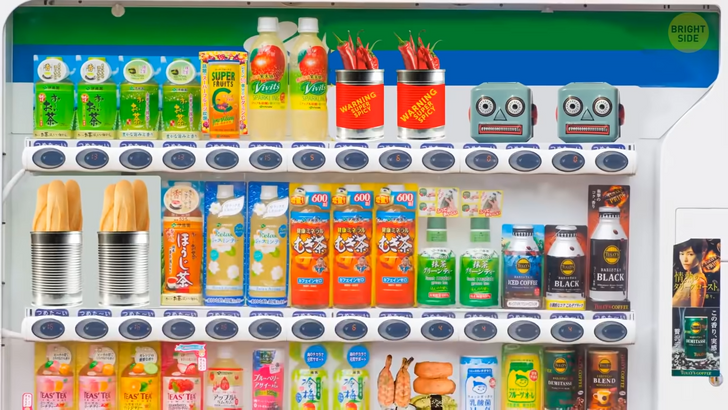
In Japan, with such an abundance of vending machines you seem to be likely to buy anything you want without ever going to a store. Vending machines sell everything from food to canned bread (yeah, it exists), super spicy snacks with warning disclaimers on the machine, and even toys. Anyway, the Japanese themselves are more likely to grab a quick snack in a store instead of those machines.
Long ago, Japanese women would blacken their teeth instead of whitening. Pitch black objects were a kind of beauty standard. To dye the teeth black, they would use iron filing dissolved in vinegar, plus some tea powder.











